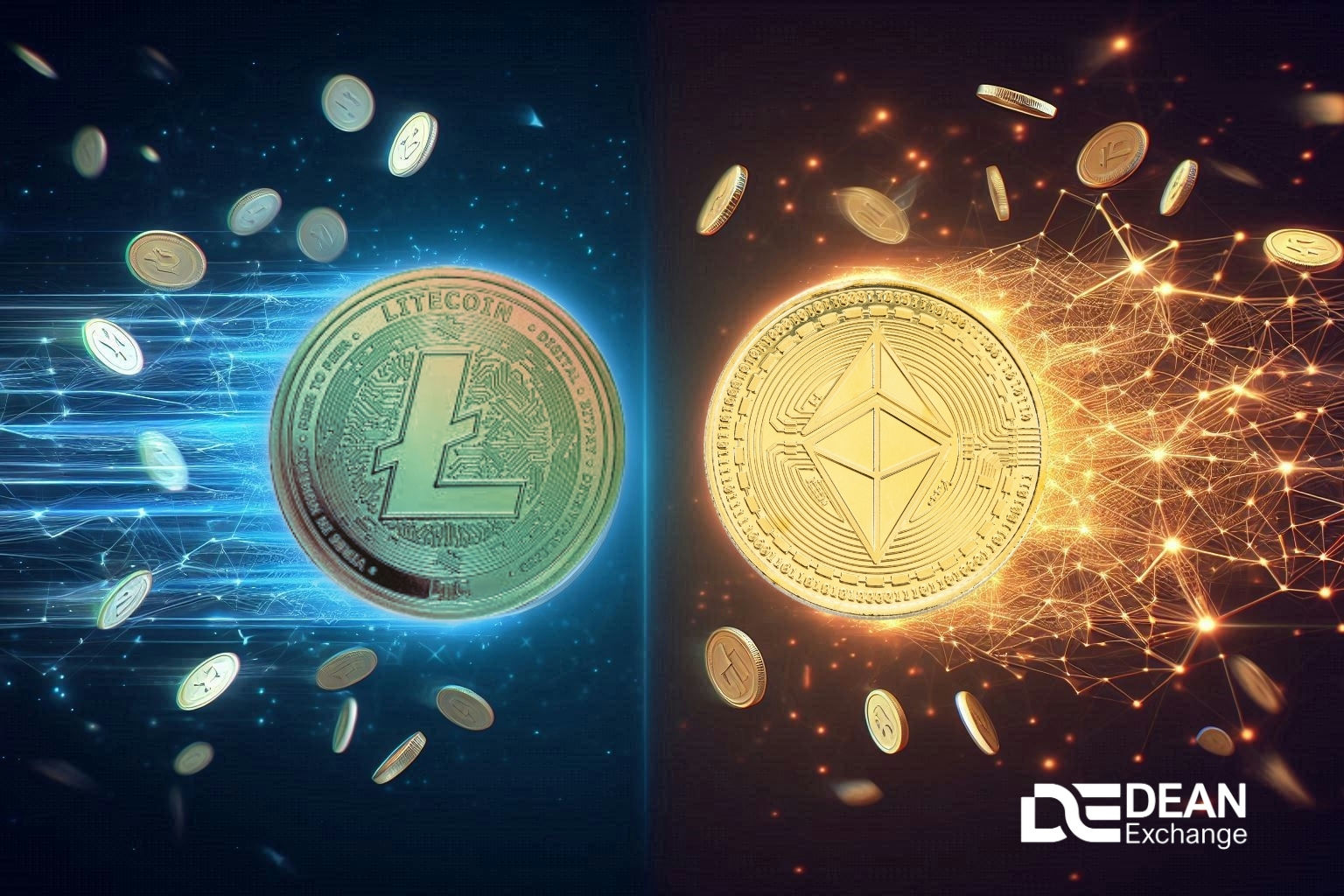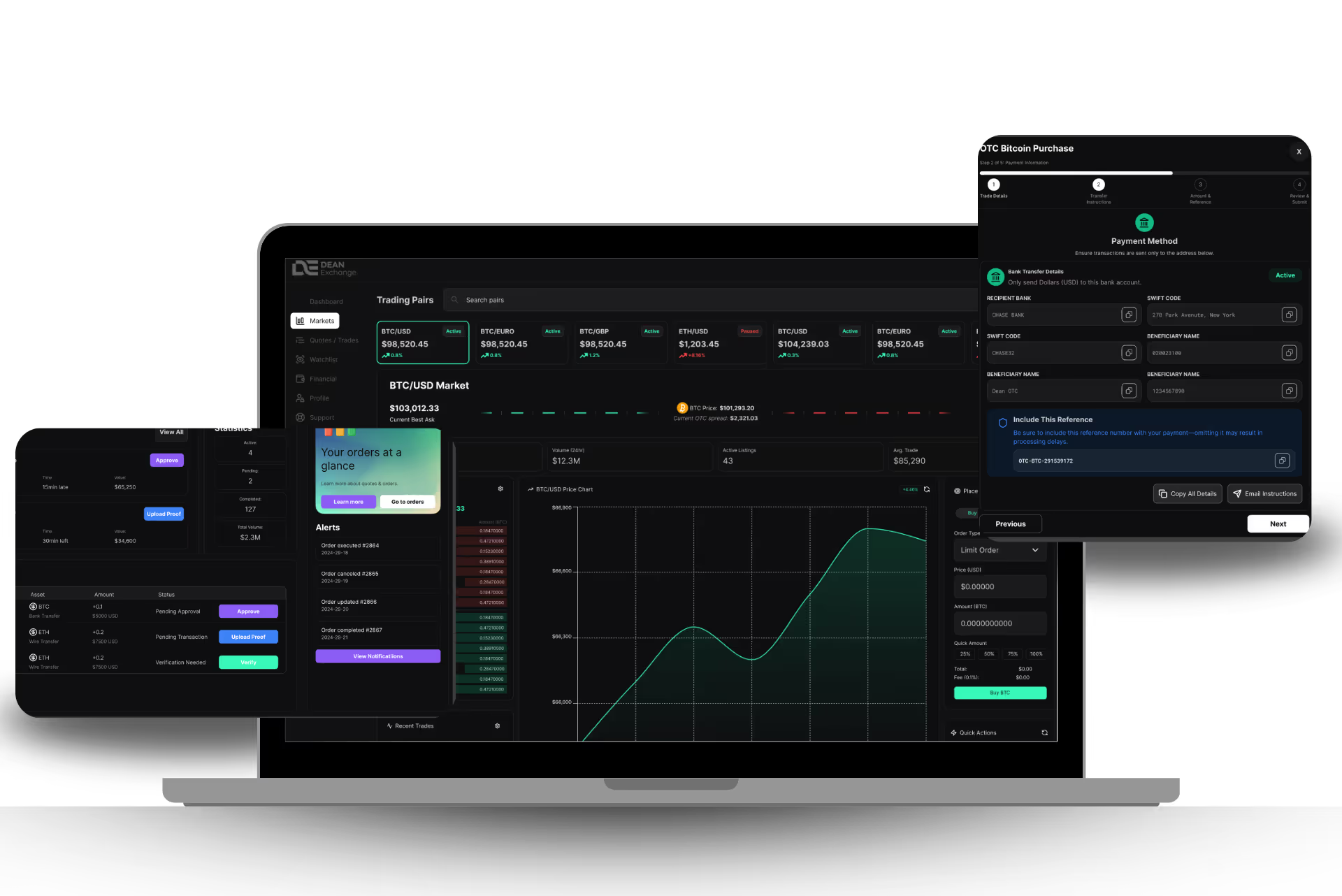By the
This is some text inside of a div block.
This is some text inside of a div block.
•
5
min read

A Quick History of Ethereum and Litecoin Ethereum and Litecoin are two of the most well-established cryptocurrencies, but they serve fundamentally different purposes. Litecoin (LTC) was launched in 2011 by Charlie Lee as a "lite" version of Bitcoin, offering faster transaction times and lower fees. Ethereum (ETH), on the other hand, was introduced in 2015 by Vitalik Buterin and a team of developers as a programmable blockchain designed to host decentralized applications (dApps) and smart contracts.
While Litecoin focused on improving Bitcoin’s usability for everyday transactions, Ethereum ushered in a new era of blockchain innovation by enabling smart contracts and an entire ecosystem of decentralized finance (DeFi), non-fungible tokens (NFTs), and Web3 applications.
Core Purpose and Philosophy Litecoin – The Silver to Bitcoin’s Gold Litecoin was designed to be a faster, more efficient version of Bitcoin. It has a block generation time of 2.5 minutes (compared to Bitcoin’s 10 minutes), and it uses a different hashing algorithm (Scrypt) that makes mining more accessible. Its primary role is as a digital currency optimized for quick, low-cost transactions.
Ethereum – The Decentralized Global Computer Ethereum goes beyond payments. Its blockchain was built to support smart contracts—self-executing agreements that run exactly as programmed. This allows developers to build dApps directly on the Ethereum blockchain. Ethereum has become the foundation for DeFi protocols, NFT platforms, and a growing number of enterprise blockchain solutions.
Technology Comparison
Use Cases and Real-World Applications Litecoin:
Ethereum:
Performance and Scalability Ethereum has made significant strides in scalability with Layer 2 solutions (e.g., Arbitrum, Optimism) and its shift to PoS. It also supports sharding in future updates to further increase throughput.
Litecoin remains simple and efficient for transactions, with updates like MimbleWimble Extension Blocks enhancing privacy. However, it lacks the developer flexibility and scalability roadmap that Ethereum offers.
Which Is Better for You?
Both coins have distinct advantages depending on the user’s goals. They complement rather than compete with each other.
Dean Exchange: Learn the Difference and Build Your Skills Whether you’re starting with Litecoin’s simplicity or diving deep into Ethereum’s smart contract potential, Dean Exchange has you covered:
Ethereum and Litecoin represent two sides of the blockchain coin: one focused on programmable innovation, the other on streamlined payments. Understanding their differences helps you make smarter investment and usage decisions.
Start your learning journey today with Dean Exchange and build a crypto skillset that aligns with your goals.


Join our newsletter for exclusive insights, breaking crypto trends, and learning opportunities—delivered straight to your inbox.